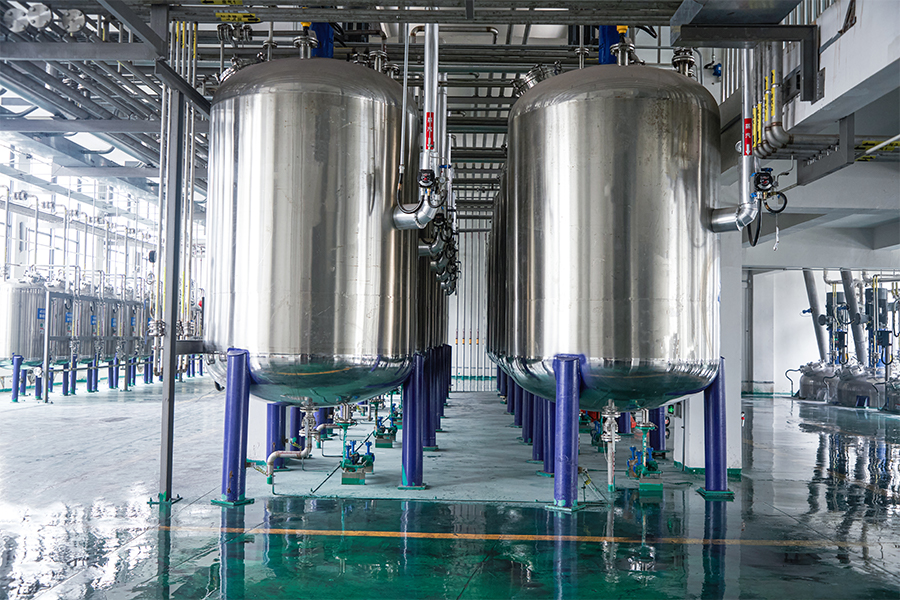Applying a protective film to materials like concrete, steel, aluminum, or wood has a direct effect on the substrate's performance over time, so choosing between an oil based coating or water based coating is more than just an aesthetic or environmental choice.
1. Adhesion and Bonding to Substrate
Chemical Bonding & Physical Anchoring
A coating must adhere well to the substrate to perform effectively. For many metals (e.g. aluminum, galvanized steel), adhesion relies on chemical bonding, mechanical interlocking, and substrate pretreatment (cleaning, roughening, primer). Whether using a water based coating or oil based coating, surface preparation is critical.
Water based coatings often incorporate functional groups (like hydroxyl, carboxyl, or silane coupling agents) to bond chemically to oxide layers on metals. Modern waterborne systems are engineered to achieve strong adhesion even on pretreated metal surfaces.
Oil based coatings (e.g. alkyd, linseed or solvent borne systems) often penetrate micro-roughness and cure to form dense films, which can deliver strong van der Waals forces, crosslinking, and interfacial adhesion.
Influence of Residual Stress
During curing, coatings shrink or generate internal stress. If stress is too large, it may pull away from the substrate or create microcracks. Because oil based coatings often cure via oxidative crosslinking (which can cause shrinkage), they may generate higher residual stresses, especially on rigid substrates. Water based coatings, with more controlled crosslinking, may allow more stress relaxation, reducing delamination risk under certain conditions.

2. Thermal Expansion, Flexibility, and Crack Resistance
Coefficient of Thermal Expansion (CTE) Matching
Substrates like aluminum or steel expand and contract with temperature changes. If the coating’s CTE significantly mismatches the substrate, cyclic thermal stresses can degrade the coating.
A water based coating often exhibits better flexibility and elasticity, which allows it to better accommodate substrate movements. This reduces the risk of cracking, delamination, or fatigue over repeated cycles.
An oil based coating, especially one that cures to a rigid film, may resist substrate movement less, causing to microcracks under thermal cycling or mechanical vibration.
Thus, for substrates subject to frequent thermal cycling (e.g. exterior panels, roofing, facades), a well-formulated waterborne system often extends the longevity of the coating–substrate system.
Impact on Fatigue and Mechanical Stress
On structural members that flex (metal panels, beams, or frameworks), coatings must tolerate bending, vibration, or cyclical mechanical loads. A water based coating that retains flexibility under stress is less likely to crack or delaminate. In contrast, a rigid oil based film might be more brittle under repeated flexure, especially over time or under UV aging.
3. Corrosion and Moisture Barrier Behavior
Barrier Properties
A critical role of a coating is to limit ingress of moisture, ions (e.g. chloride), and oxygen. The better the barrier, the more protection the substrate receives from corrosion. Both water based and oil based coatings can serve as good barriers, but formulation and thickness matter.
Modern water based coatings, when formulated with high solids, crosslinkers, and hydrophobic additives, can form dense films that resist water permeation well.
Oil based coatings historically have had strong barrier properties because of dense, hydrophobic networks formed after curing.
Corrosion Under Film and Cathodic Disbondment
When corrosion initiates at defects or edges, the ability of the coating to resist underfilm corrosion spread is important. Rigid coatings sometimes suffer more from undercutting, as microcracks allow moisture to creep under edges. Flexible or semi-elastic waterborne coatings may resist delamination propagation, limiting the corrosion spread.


 English
English русский
русский Español
Español Português
Português عربى
عربى
